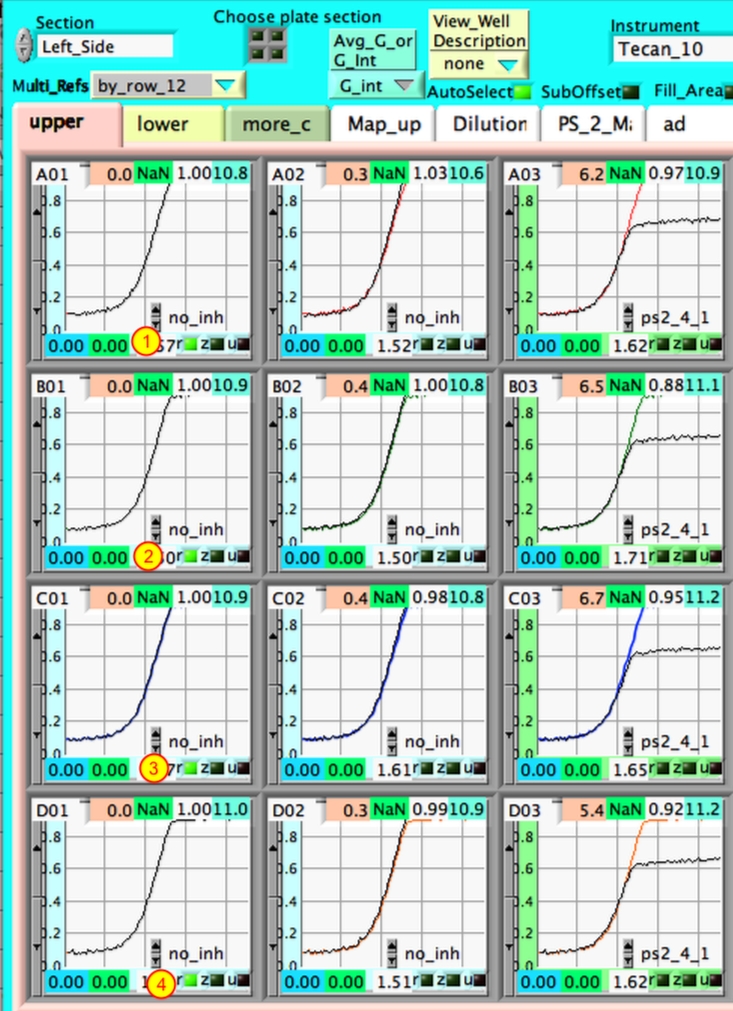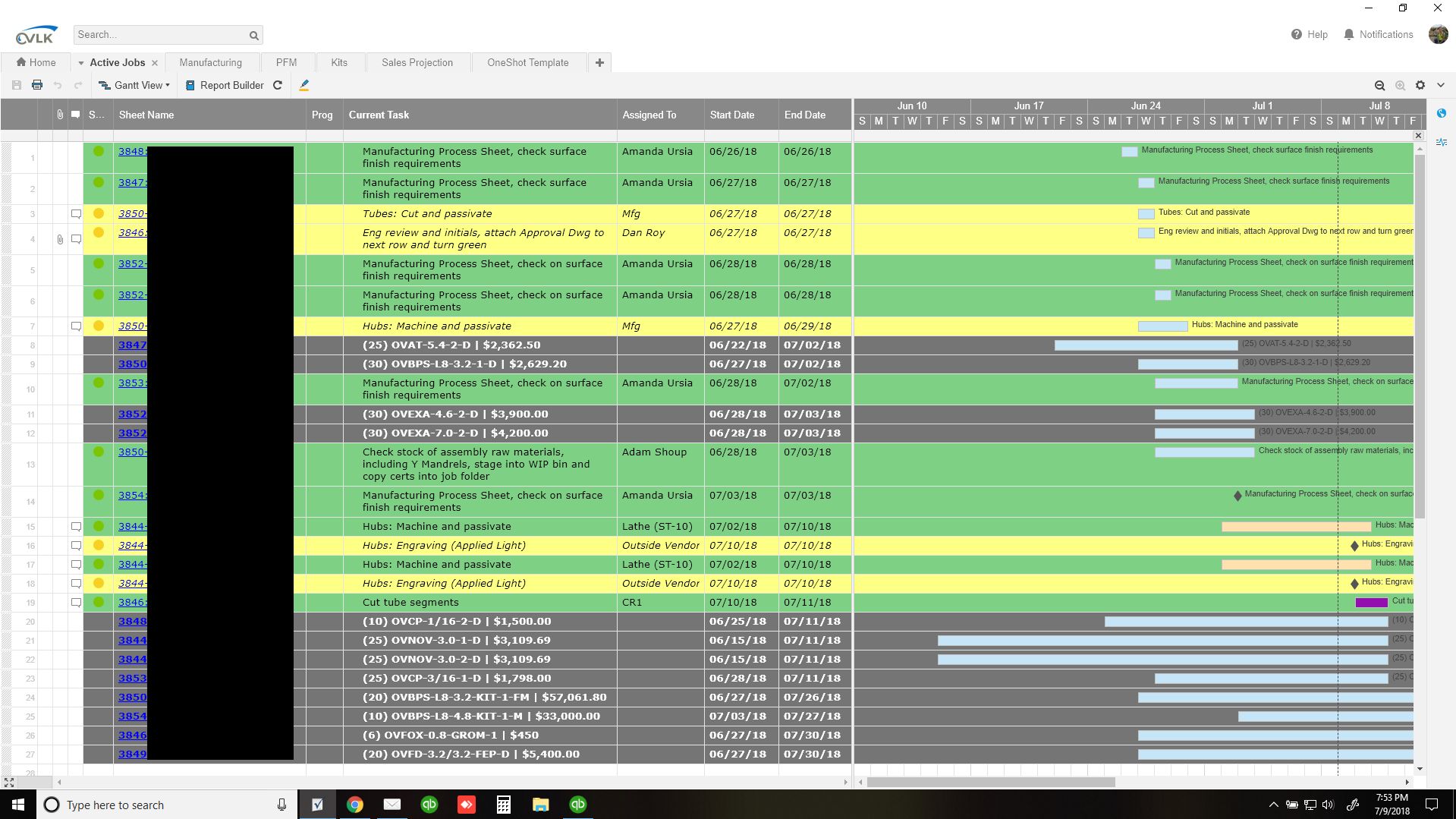
Past and future sea level rise at specific locations on land may be more or less than the global average due to local factors: ground settling, upstream flood control, erosion, regional ocean currents, and whether the land is still rebounding from the compressive weight of Ice Age glaciers. Map by NOAA based on data provided by Philip Thompson, University of Hawaii. Rates of local sea level (dots) on the coast can be larger than the global average due to geological processes like ground settling or smaller than the global average due to processes like the centuries-long rebound of land masses from the loss of ice-age glaciers. In some ocean basins, sea level has risen 6-8 inches (15-20 centimeters). Regional differences exist because of natural variability in the strength of winds and ocean currents, which influence how much and where the deeper layers of the ocean store heat.īetween 19 mean sea level has risen across most of the world ocean (blue colors). In some ocean basins, sea level has risen as much as 6-8 inches (15-20 centimeters) since the start of the satellite record. By the end of the century, global mean sea level is likely to rise at least one foot (0.3 meters) above 2000 levels, even if greenhouse gas emissions follow a relatively low pathway in coming decades. The global mean water level in the ocean rose by 0.14 inches (3.6 millimeters) per year from 2006–2015, which was 2.5 times the average rate of 0.06 inches (1.4 millimeters) per year throughout most of the twentieth century. The rising water level is mostly due to a combination of melt water from glaciers and ice sheets and thermal expansion of seawater as it warms. In 2021, global mean sea level was 97 millimeters (3.8 inches) above 1993 levels, making it the highest annual average in the satellite record (1993-present). Global mean sea level has risen about 8–9 inches (21–24 centimeters) since 1880. NOAA image based on analysis and data from Philip Thompson, University of Hawaii Sea Level Center. The values are shown as change in sea level in millimeters compared to the 1993-2008 average. Seasonal (3-month) sea level estimates from Church and White (2011) (light blue line) and University of Hawaii Fast Delivery sea level data (dark blue).

On a pathway with high greenhouse gas emissions and rapid ice sheet collapse, models project that average sea level rise for the contiguous United States could be 2.2 meters (7.2 feet) by 2100 and 3.9 meters (13 feet) by 2150.sea level in 2100 is projected to be around 0.6 meters (2 feet) higher on average than it was in 2000. If we are able to significantly reduce greenhouse gas emissions, U.S.High-tide flooding is now 300% to more than 900% more frequent than it was 50 years ago.coastline, the rate of local sea level rise is greater than the global average due to land processes like erosion, oil and groundwater pumping, and subsidence. The rate of global sea level rise is accelerating: it has more than doubled from 0.06 inches (1.4 millimeters) per year throughout most of the twentieth century to 0.14 inches (3.6 millimeters) per year from 2006–2015.



 0 kommentar(er)
0 kommentar(er)
